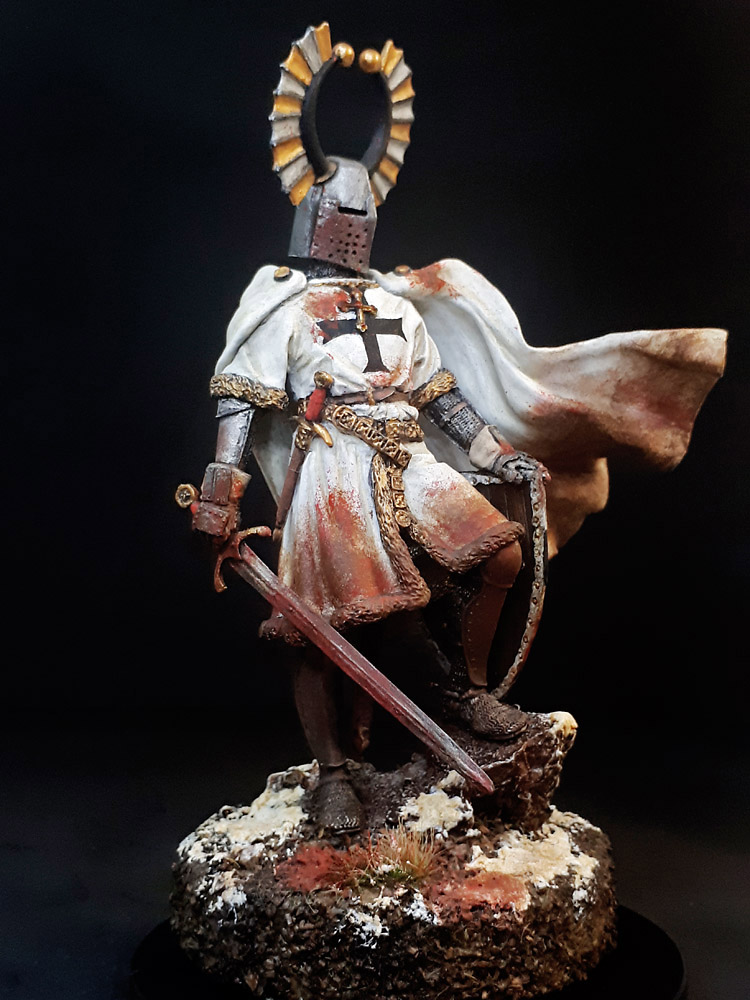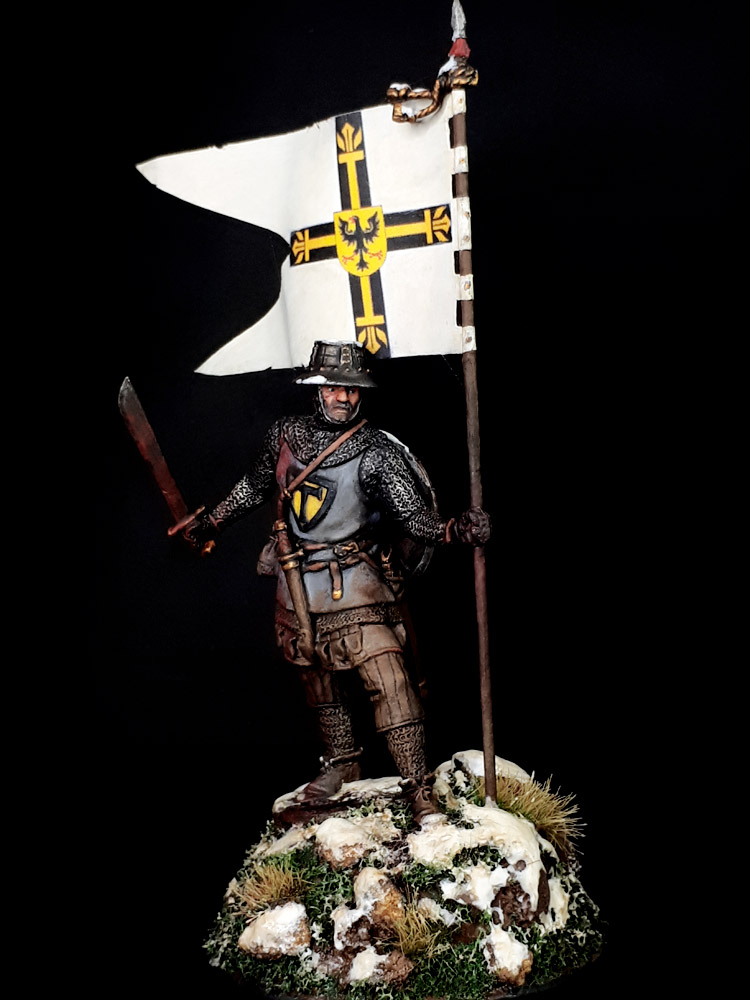
The medieval Order of the Teutonic Knights was a Catholic military Order officially founded in March 1198, its members mainly of Germanic descent.
The first mission of the Teutonic knights was to help retake Jerusalem from the Arabs in the Third Crusade (1187-1192), and during this failed attempt they set up a hospital outside Acre during the siege of that city. The hospital was granted the status of an independent military order by the Pope.
As in the other military orders such as The Templars and Hospitallers, recruits took monastic vows of poverty, chastity, and obedience. The knights (ritter) or brothers, were from aristocratic backgrounds . Non German knights were not unknown as the order was officially international, although most recruits did come from Germanic lands. Like all military orders they had a supreme leader ‘The Hochmeister’ (same as the Templars ‘Grand Master’).

German settlers and common people could enter the order but usually only as priests or serving half-brethren (half Bruder). The Brother Knights wore the famous black cross on a white tunic while the Sergeants (half Bruders) wore Grey tunics. The sergeants or half bruders were probably employed mainly as heavy infantry, though many other practical skills entailed carrying out agricultural and trade tasks within the Teutonic strongholds.
The Teutonic Order held small parcels of land and castles all throughout the Holy Land, with their primary headquarters pertaining to the suburb of Montfort in the region of northern Palestine. They also crusaded in Prussia and the Baltic area mainly against pagan Lithuanians and Orthodox Russians. The Teutonic knights eventually came to govern the whole of Prussia. With the fall of Acre in 1291 to the arabs, the Order ended their crusading endeavors in the Holy Land, and they then focused their attention wholly toward the pagan regions of Europe itself.
Converting pagans to Christianity and grabbing land in central and eastern Europe. They became master traders and diplomats, carving out vast swathes of territory from their base in Prussia and building castles across Europe from Sicily to Lithuania.
Though powerfull throughout the 13th and 14th C they did suffer some bad defeats, such as Lake Peipus (The Battle on the Ice) in 1242 where the Russians crushed them also there were revolts by the Prussians under Teutonic rule, notably in 1260, and the ongoing wars were extremely savage.
By the 15th Century when the Lithuanians and Poles joined forces with the Russians and Mongols, along with several other smaller allied states, the Teutonic order was threatened with extinction. At the battle of Tannenburg, 15 July 1410, an army of Teutonic Knights was wiped out, and in 1457 the headquarters of a now diminished and largely secular order had to be relocated to Konigsberg.
The secularized order continued to exist as a minor military unit (a mere shadow of its glory days in the 13th and 14th Centuries), fighting in the German and Austrian Habsburg armies into the 18th century, and it still exists today as a non-military organisation supporting communities with healthcare, welfare projects, and the sponsorship of artists. The order’s archives, now in Vienna, are an invaluable historical source on the medieval period and the functioning of the military orders in general.
